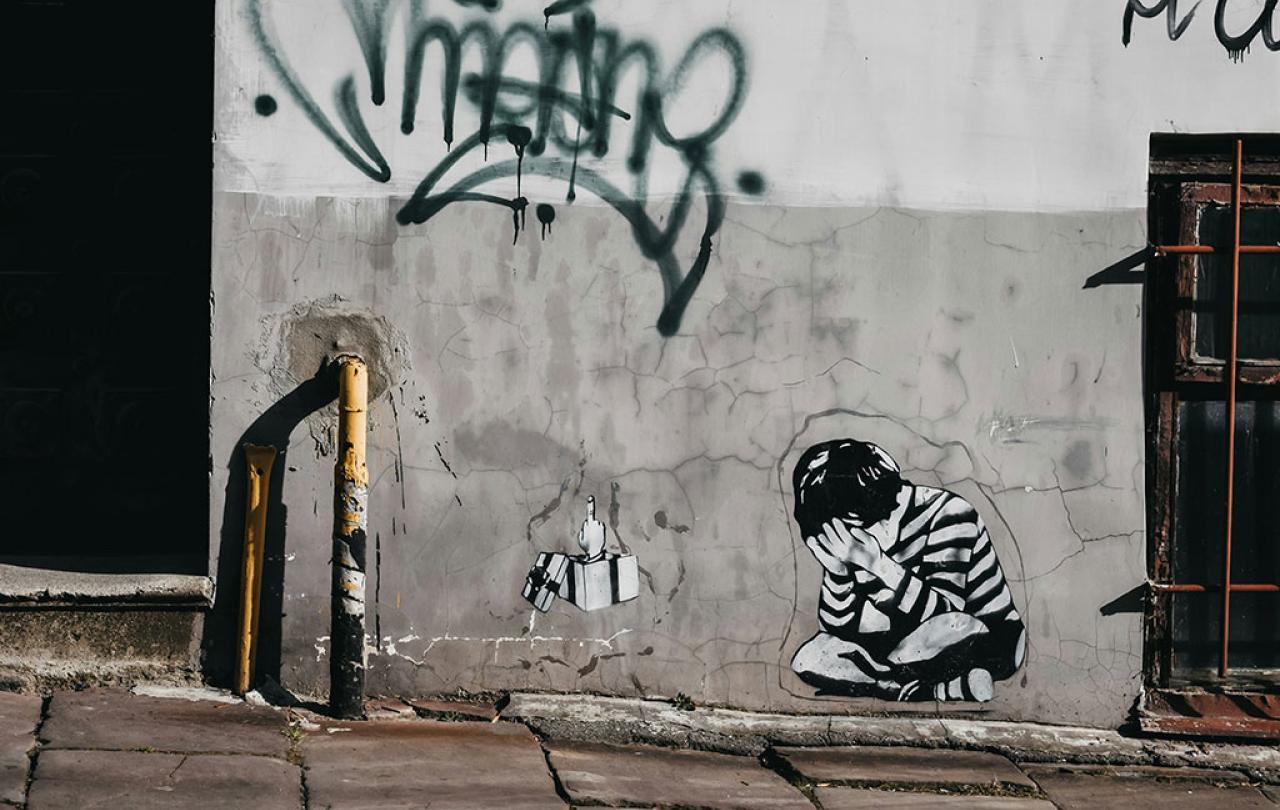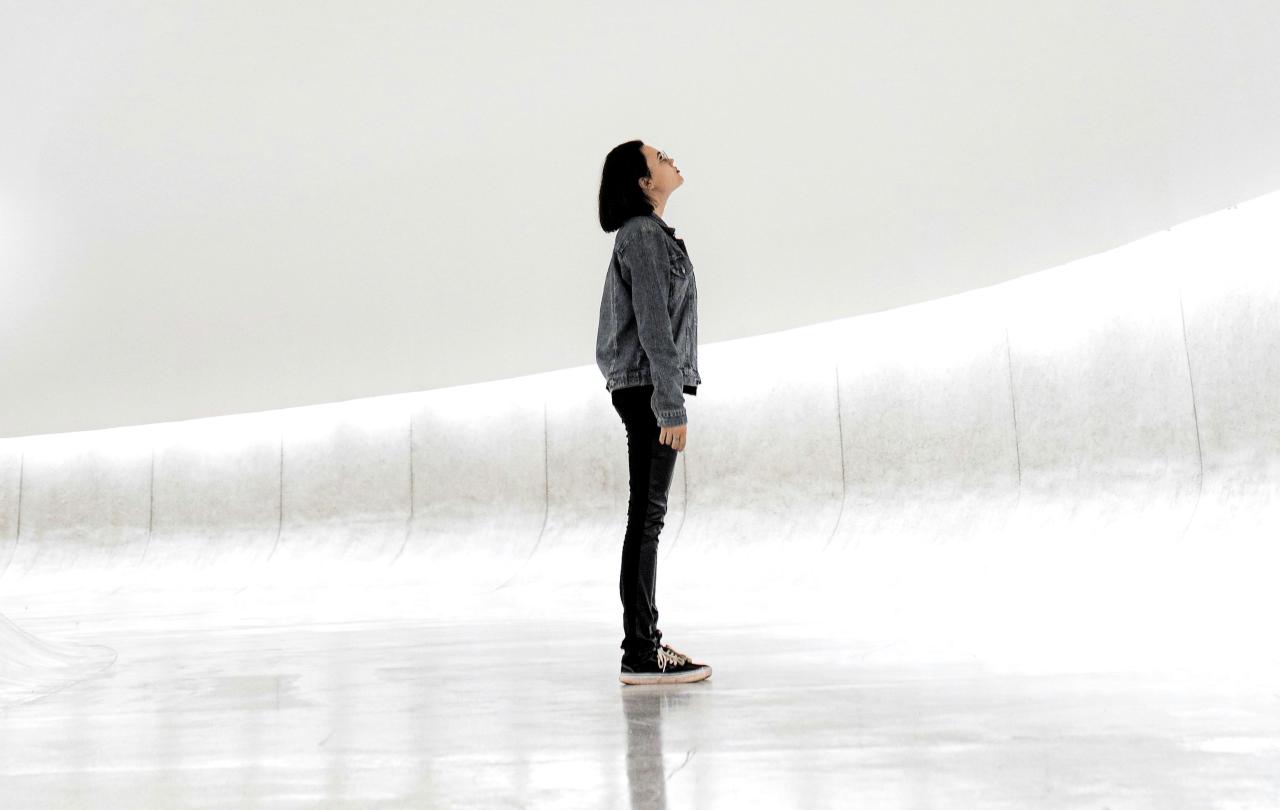
Today, February 1st, is Time to Talk Day. It's part of a long-running campaign encouraging people to have open and honest conversations about mental health. It's aim is to break down the barriers of stigma and misunderstanding. It has been a staggering success - what was a fringe issue talked by those only affected by mental illness a decade ago is now part of common parlance. Mental health training is widely available, and the charity’s work has been seen to have a significant positive impact on the mental health conversation
However, as our familiarity with the language of mental health has grown so too has the way we use it. People might talk about having PTSD after a bad date, or their friend being ‘so OCD’ about the way they organise. Unwittingly, as psychotherapist and author Julia Samuels points out, “[we have] awareness without real understanding.”
However, awareness without understanding means we actually don’t reach those most impacted by mental illness. We know about mental health in the way we know about our physical health - but we are no more aware about the serious, sometimes lifelong mental illnesses which rob people of hope, joy and vitality - sometimes leaving them with lifelong disability.
If you ask most people about mental illness they may tell you about depression and anxiety; the two most common mental illnesses which have become the acceptable face of mental illness. It’s reflected in the way funding is channeled to interventions that get people with mental illnesses back to work, or to NHS ‘Talking Therapies’ which offers short term psychological therapies (both of which are important initiatives) but have cut the number of inpatient beds from over 50,000 in 2001 to under 25,000 in 2022[3] which means those at the more severe end of the spectrum of mental health to mental illness are left to travel 300 miles for the care they need.
We have to survey the wreckage that severe and enduring mental illness causes, before we can begin to rebuild a society that is kinder - without prejudice or stigma.
Whilst it’s right that we have raised awareness about the most common conditions, we can’t ignore the illnesses which are termed ‘severe and enduring mental illnesses’ which include those such as bipolar disorder, major depression, schizophrenia and complex post-traumatic stress disorder.
For people living with these conditions, the general mental health advice that we give; for example getting enough sleep and time outdoors may not be enough to keep the symptoms at bay. Just as general physical health advice like getting your five a day will not cure or prevent all severe physical illnesses. Medication, hospitalisation, and at times even restrictions of freedom like being detained under the mental health act might be necessary to save lives.
These are stories that we need to hear. The debilitating side effects of life saving medications that can raise blood pressure, cause speech impediments. The injustices to confront (such as the fact that black people are five times more likely to be detained under the mental health act than their white counterparts) and the adjustments to life that those with disabilities are required to make to their lives.
We have to survey the wreckage that severe and enduring mental illness causes, before we can begin to rebuild a society that is kinder - without prejudice or stigma. We have to listen to the perhaps devastating, perhaps uncomfortable stories of those who live with severe and enduring mental illness. The mental health npatient units miles from home, the lack of freedom, the searing - unending grief.
Weep for the lives lost, the crumbling systems, the harm caused both by mental illness and the way we’ve tried to treat them.
By hearing these stories, we are accepting them as a part of reality. For those of us in churches it might be that the healing didn’t come in the way we expected, it might be also be all of us accepting that the systems designed to care for those with mental illness have in fact, caused more harm. It’s seeing the injustices and understanding that we, our systems and professionals need to change our attitudes.
Understanding and acceptance of the injustice are the way forward- that’s the only way change can come.
It might look like standing in the rubble, it might feel too huge and all but hopeless.
And yet in scripture and in life that is so often the only way we can begin to rebuild.
In the book of Nehemiah, one of the Old Testament prophets who had lived in exile far away from home for his whole life, we see that upon hearing about the state of the walls of Jerusalem, before he did any of the things we expect heroes and innovators to do- he wept. In fact, it’s estimated that for four months he wept over the state of the place that had once been the envy of the ancient world.
Perhaps we too need hear the stories and then weep.
Weep for the lives lost, the crumbling systems, the harm caused both by mental illness and the way we’ve tried to treat them and then slowly, we can begin the work of rebuilding.
It isn’t a work that can be done alone by a single agency much less a single person - it requires society to hear stories of the more than just ‘palatable’ mental illnesses with neat and tidy endings to the messy and sometimes traumatic stories that are there if we just care to listen to them. It might be reflected in the petitions we sign, the way we vote, the stories we choose to read.
So ,this Time to Talk Day - I’m saying let’s continue the amazing work of talking about mental health - we need to keep talking about anxiety and depression. But let us also make conversations wider, so that they encompass the whole continuum of mental health and illness.
We’ve seen the difference Time to Talk can make - now it’s time to talk about severe and enduring mental illnesses, too.





